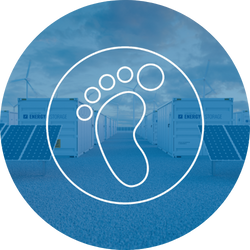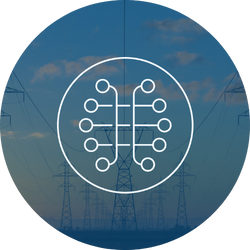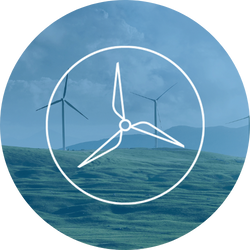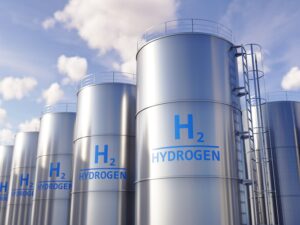Green Hydrogen Q&A session with Nicole Tang
In our next technology insights Q&A session, we will be exploring the world of green hydrogen. Hydrogen, the most abundant element in the universe, holds immense potential as a sustainable energy source. But what exactly do we mean by green hydrogen, and how do we produce it?
In this instalment we sat down with Associate Senior Consultant, Nicole Tang, to answer key questions about the electrolysis process, discuss the advantages and challenges of hydrogen electrolyser projects, and shed light on the future prospects of hydrogen as a key player in the energy transition. Read on to find out more!
Q: What is Green Hydrogen and how is it produced?
Green hydrogen is a general term used to describe renewable electricity used by an electrolyser to split water to produce hydrogen.
I personally prefer the term electrolytic hydrogen to describe hydrogen produced from electrolysis, and low carbon hydrogen to describe the carbon intensity of the hydrogen produced based on the energy sources. However, low carbon hydrogen can include fossil fuel derived hydrogen. For this Q&A session, we will be focusing on electrolytic hydrogen.
Q: What are the biggest technical challenges posed by electrolysis?
Electrolyser projects at scale (e.g. > 10 MW) are still in development or early operations so there is limited information on the long term performance of these projects. These projects are normally scaled up through the use of multiple electrolyser stacks. Therefore, electrolyser projects are sometimes considered to be modular. However, the modularity is mainly referring to the electrolyser stacks only. Whereas the balance of plant (i.e. water treatment, hydrogen purification and compression) for a large project is likely to be a common system.
Therefore, depending on the operations of the plant, I consider the scale up of electrolyser projects through the use of multiple electrolyser stacks and a common balance of plant to be a key technical challenge in terms of module operations of the plant. Hence, at the start of an electrolyser project, the design should account for the intended operational profile of the plant to allow for a suitable turndown ratio of the plant.
Another key technical challenge is degradation for electrolysers. Degradation for electrolysers usually refers to the efficiency degradation over time. Where more energy input is required to produce the same amount of hydrogen, or the energy input remains the same and the hydrogen production capacity declines.
Due to the limited number of operational electrolyser plants at scale which have been operating for an extended amount of time (i.e. for more than 10 years), electrolyser efficiency degradation profiles are still in development. Therefore, a key challenge is being able to accurately identify an efficiency degradation curve reflective of the performance of the electrolyser over its project life, and the equivalent operating hours design life of the electrolyser stacks. However, from a project perspective, these areas can potentially be mitigated against through various performance guarantees (if offered by contractors).
Other factors such as intermittent operations of the electrolyser plant may also impact degradation. The industry is still advancing electrolyser technology for different operational profiles (e.g. continuous base load power input or intermittent power from renewable electricity), once these projects have been constructed and are in operations. More data will be available to identify the factors impacting degradation, optimising performance and to develop a reflective degradation curve.
Q: Which industries will benefit from a widespread green hydrogen economy?
Hydrogen is typically described to be used by the “hard to decarbonise” sectors such as heavy goods vehicles/large vehicles requiring a high mileage, industrial heating and existing hydrogen applications such as hydrogen as a feedstock but the hydrogen used is derived from fossil fuels.
Generally, I consider the chemicals industry to benefit the most from green hydrogen due to the established processes which already use hydrogen but are required to decarbonise and preferably use hydrogen which is not derived from fossil fuels.
Q: How can the electricity network be developed or adapted to support more hydrogen energy?
Through our clients and projects, we are aware of some of the existing challenges related to grid constraints. For example, the cost implications or location of the project may result in limited access to electrical export connections. These constraints drive our clients to consider other uses of the additional electricity their assets produce.
Where hydrogen production via electrolysis is often considered as a potential use of the excess electricity available and a potential additional revenue stream for the project (the sale of hydrogen). This quickly expands the site to be a mini energy park where the overall configuration depends on the power profile. However, the additional challenge from the hydrogen side would be once the hydrogen is produced how would it be transported to the end user?
Therefore, industrial clusters may have more potential for hydrogen production and uses if “spare” power is available to power the electrolyser to make hydrogen and can be distributed to end users.
















